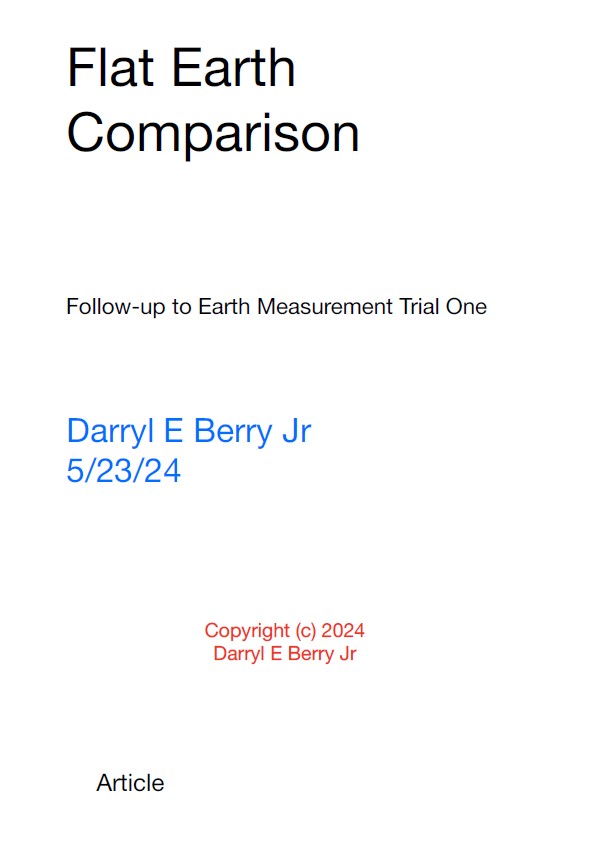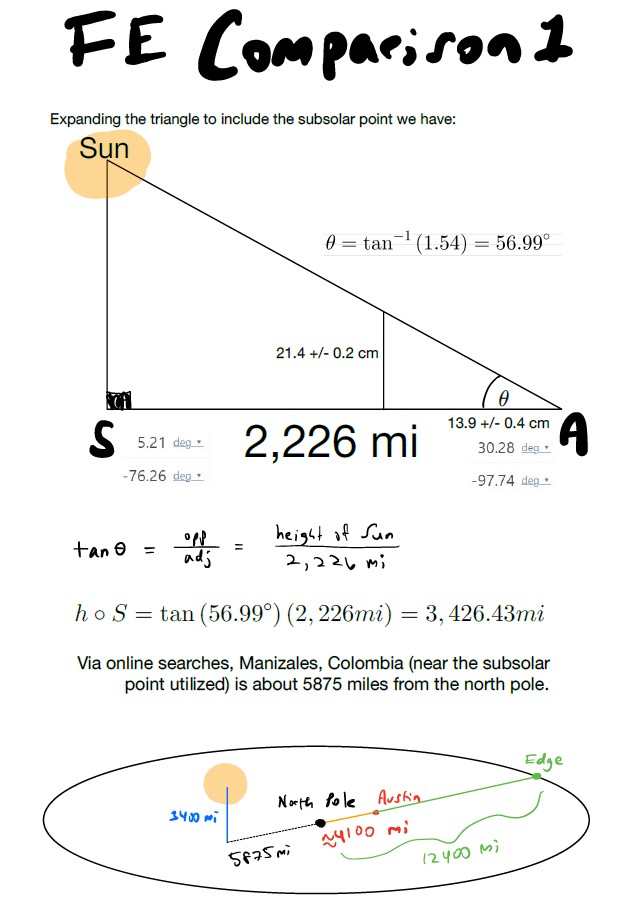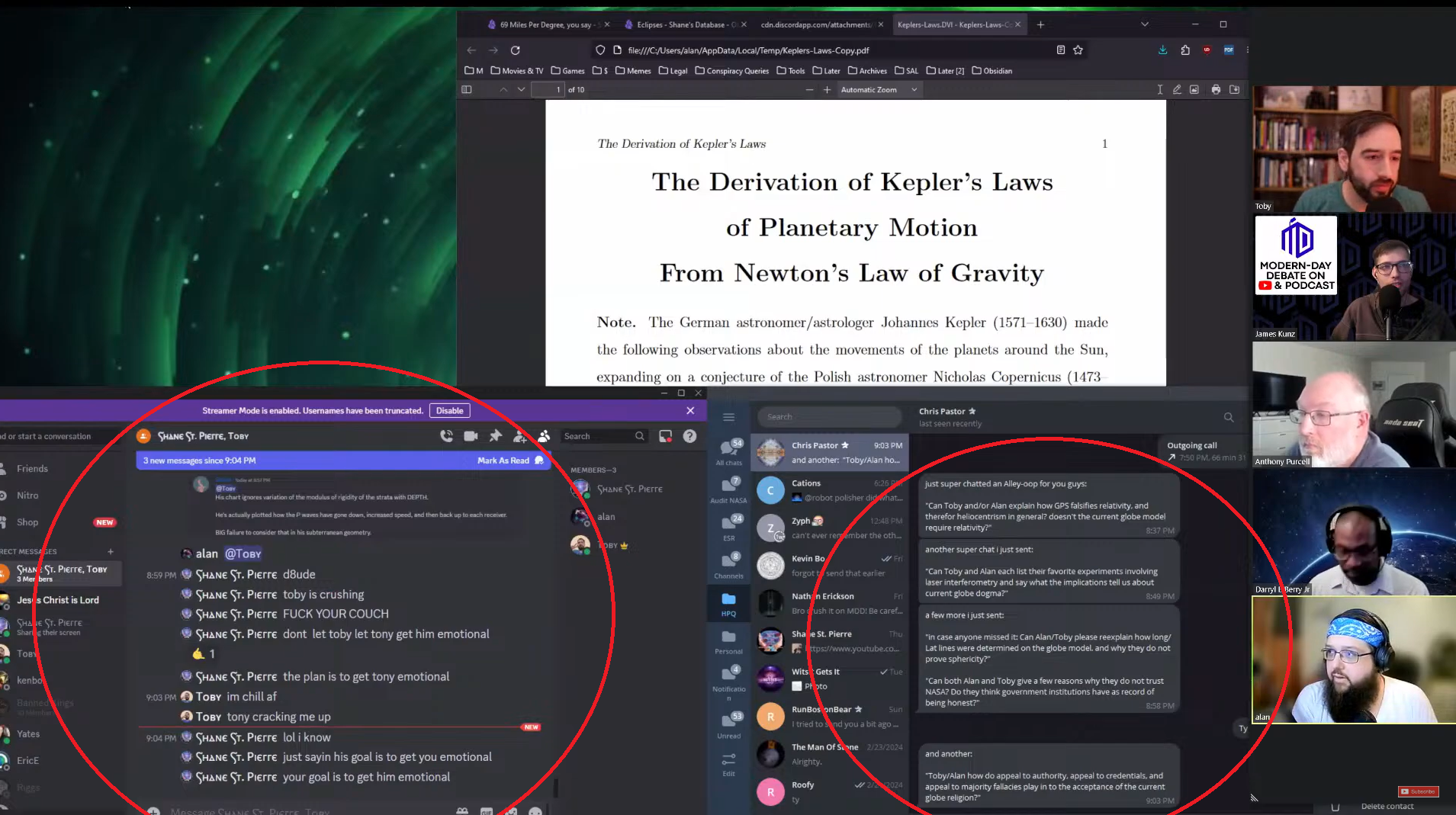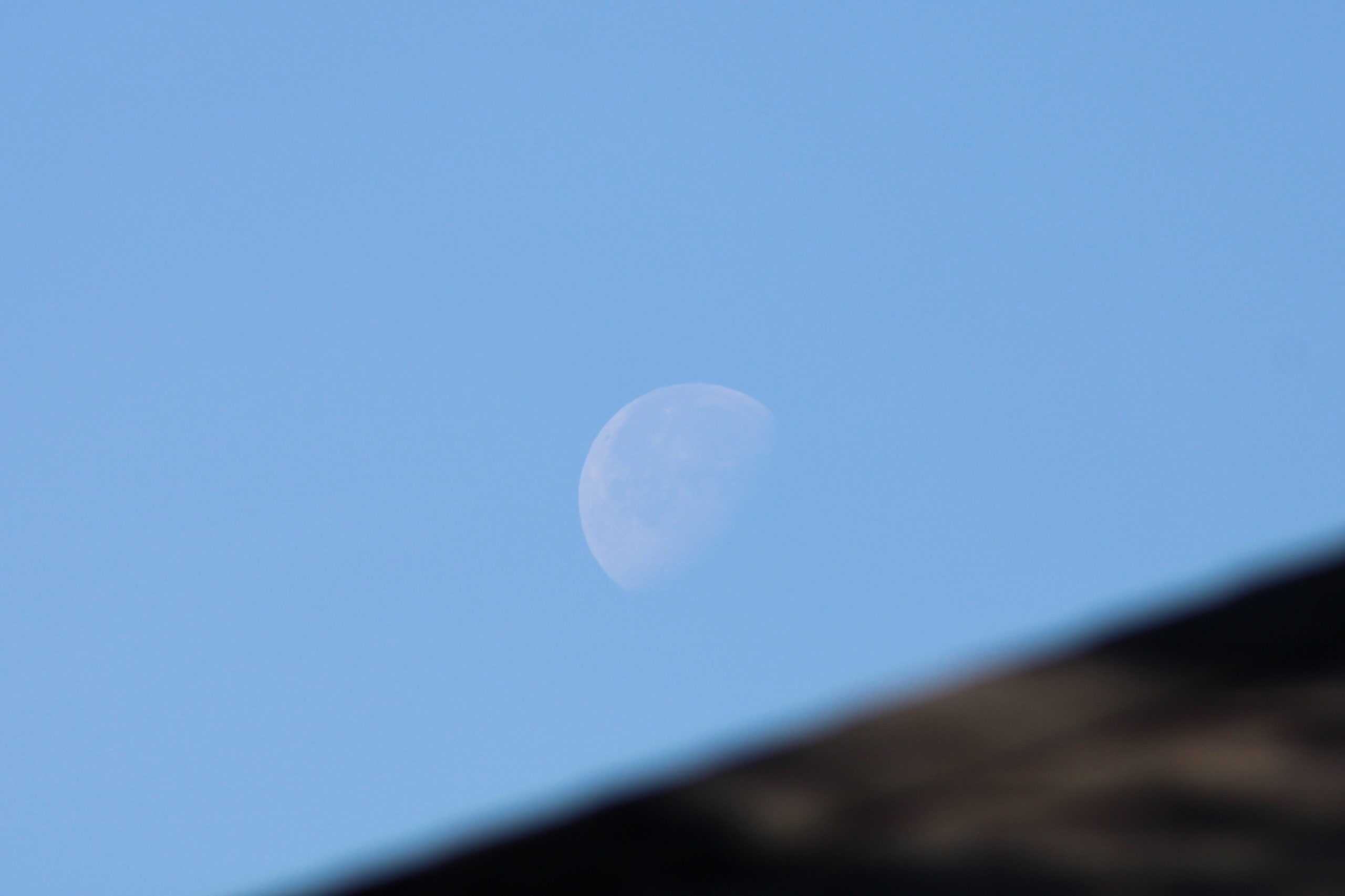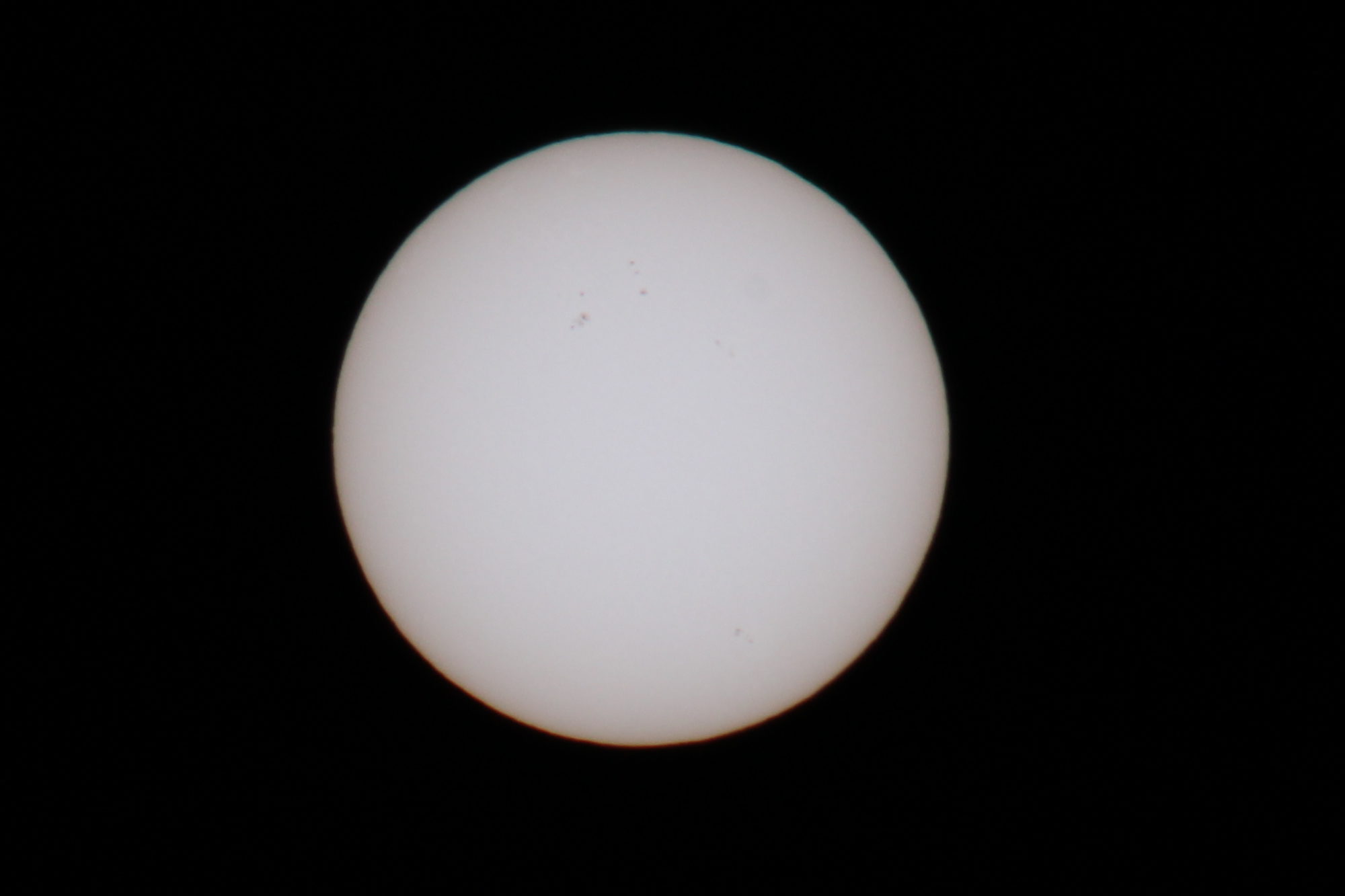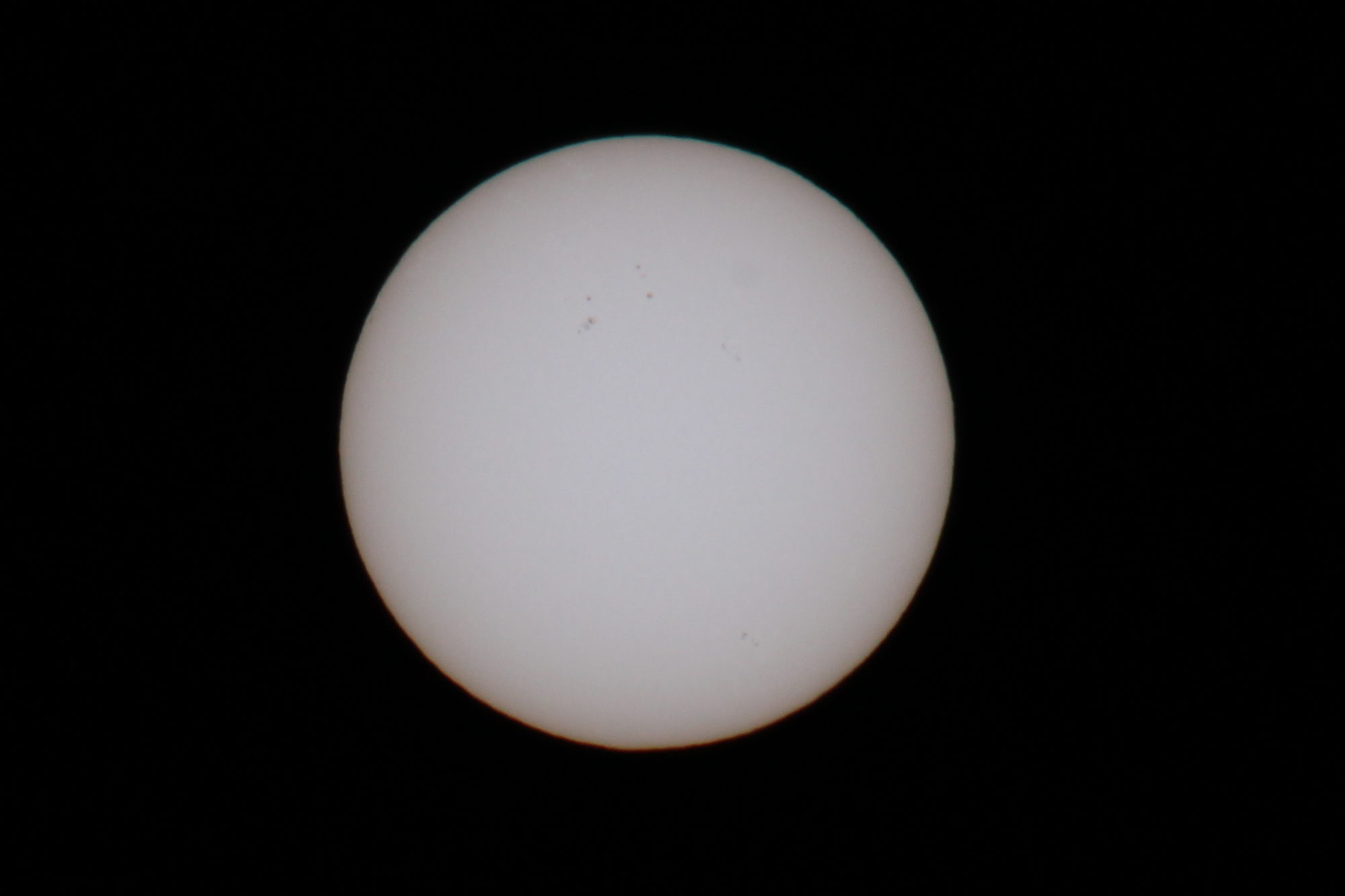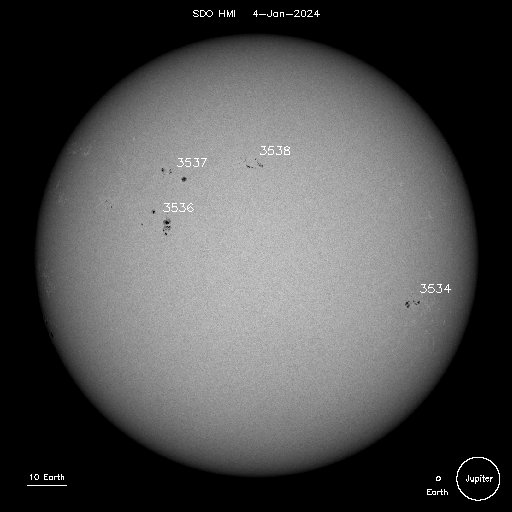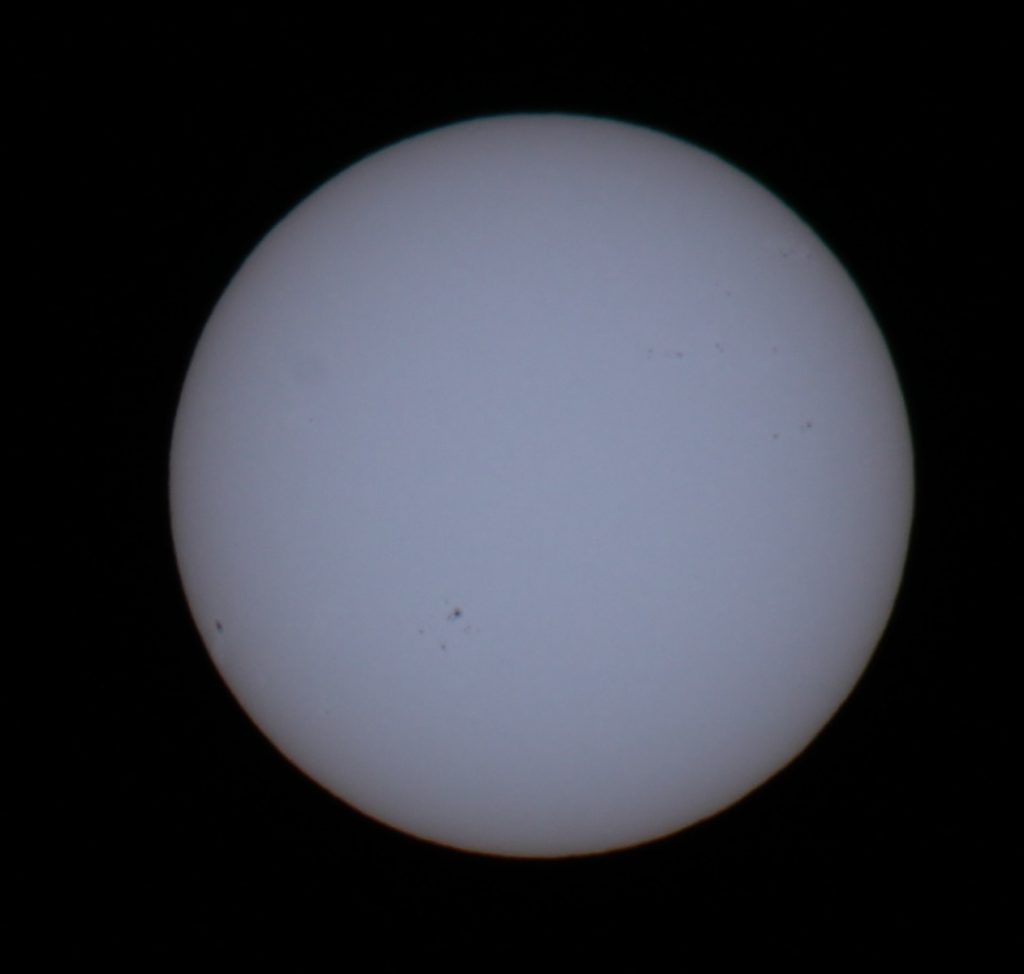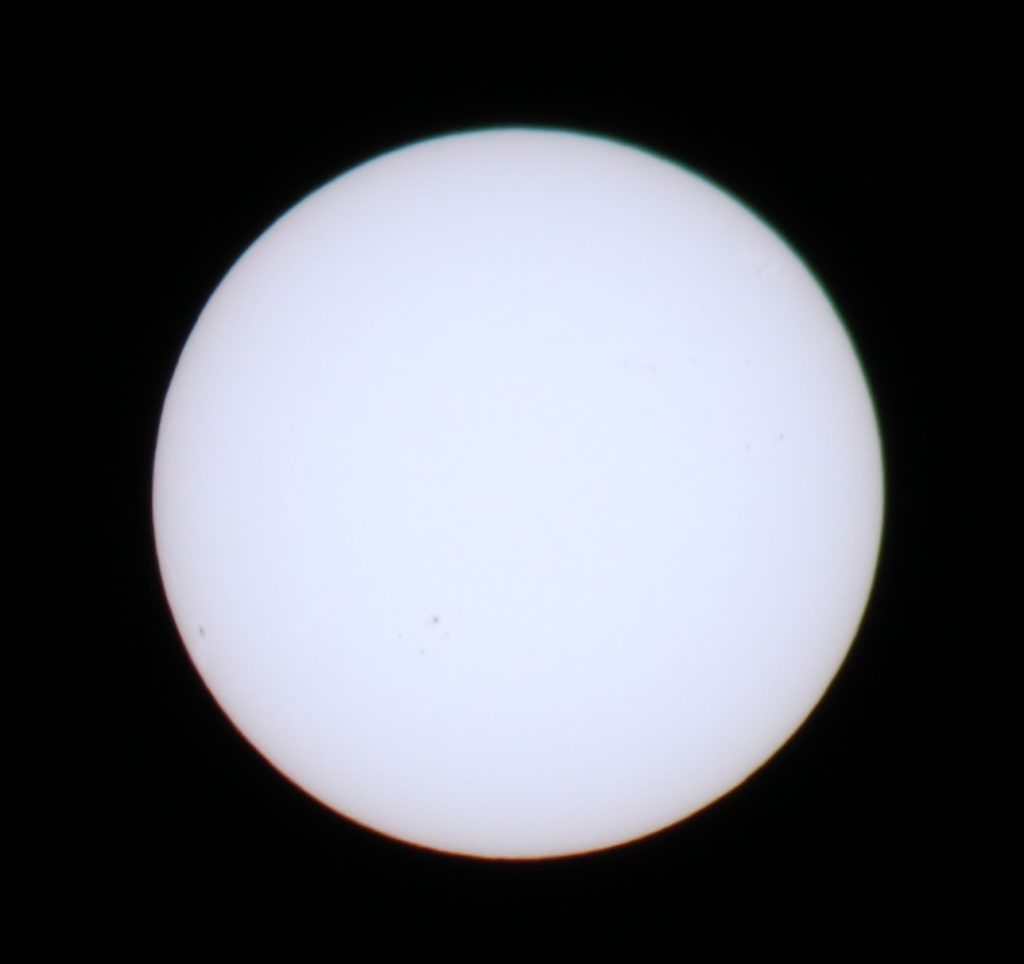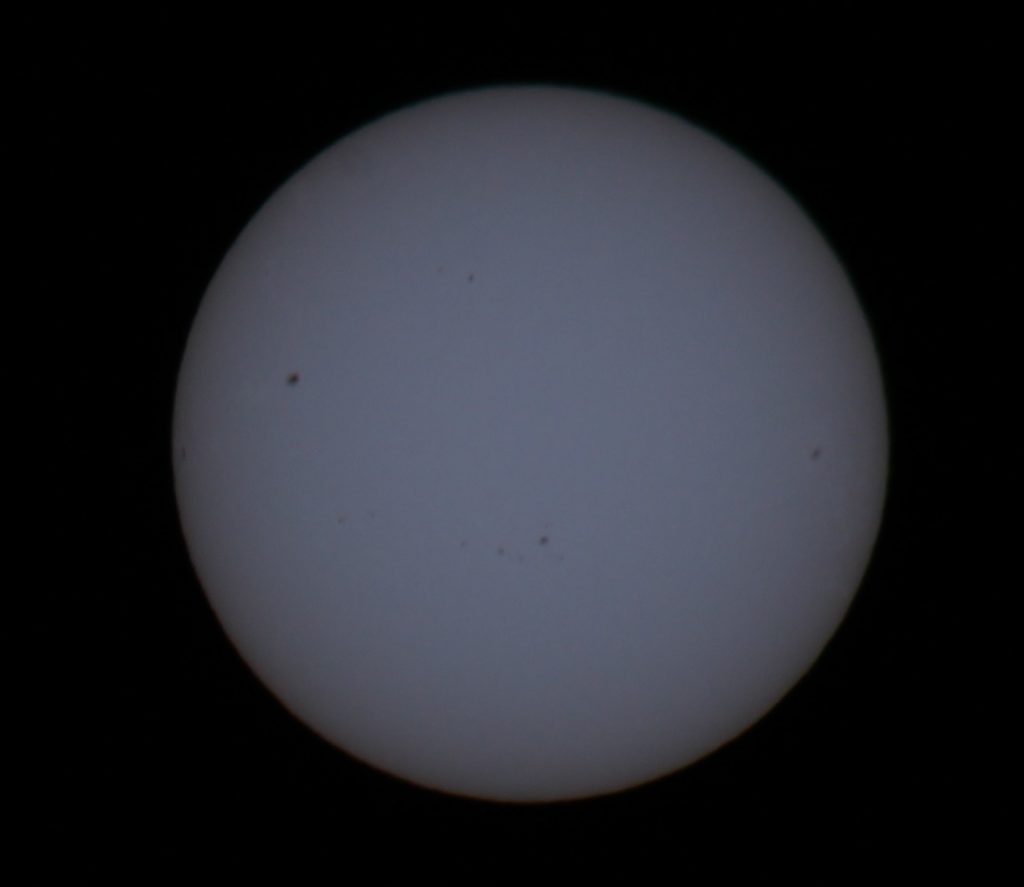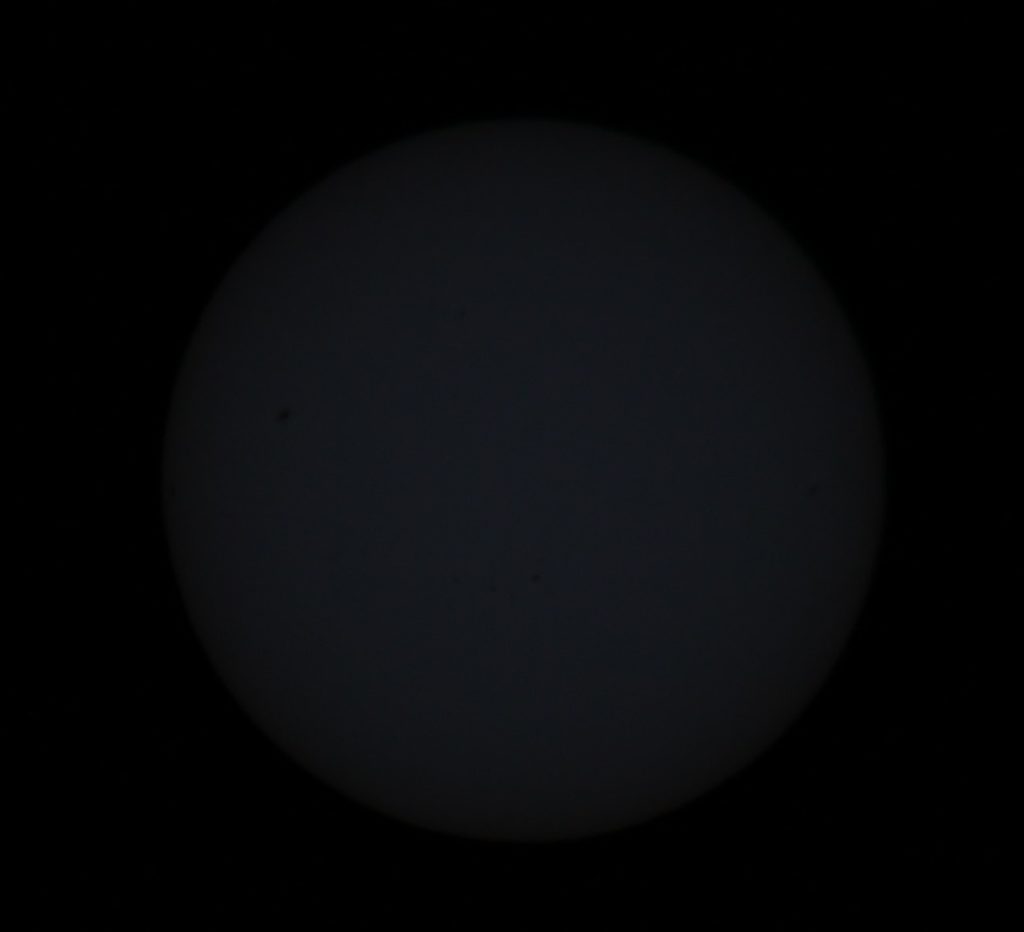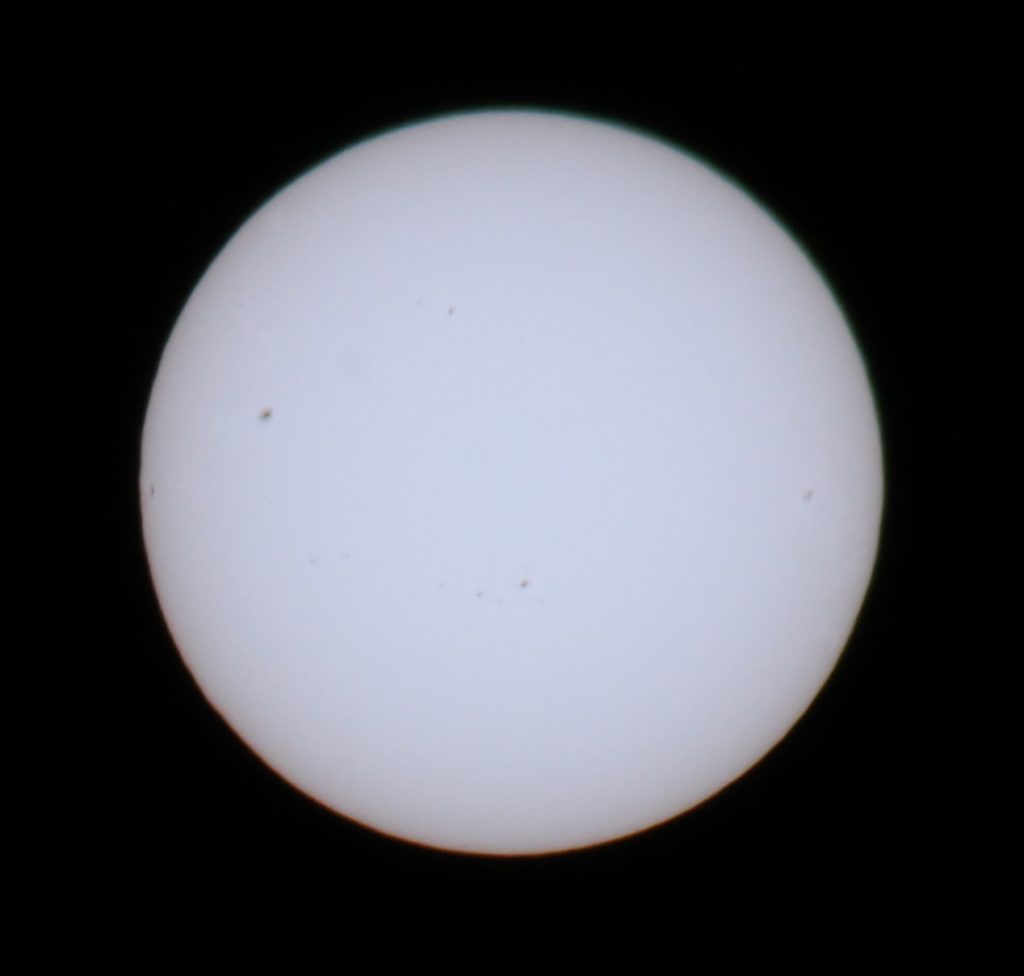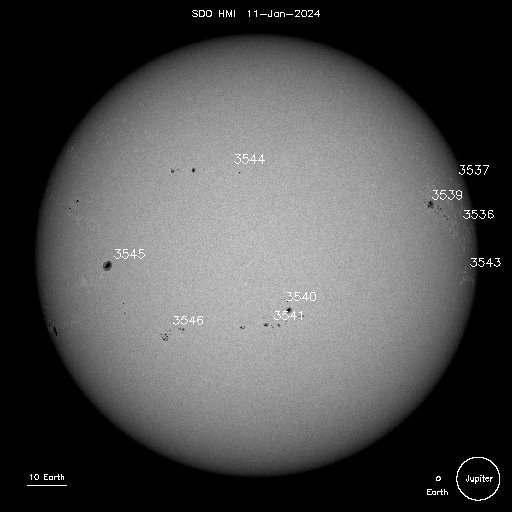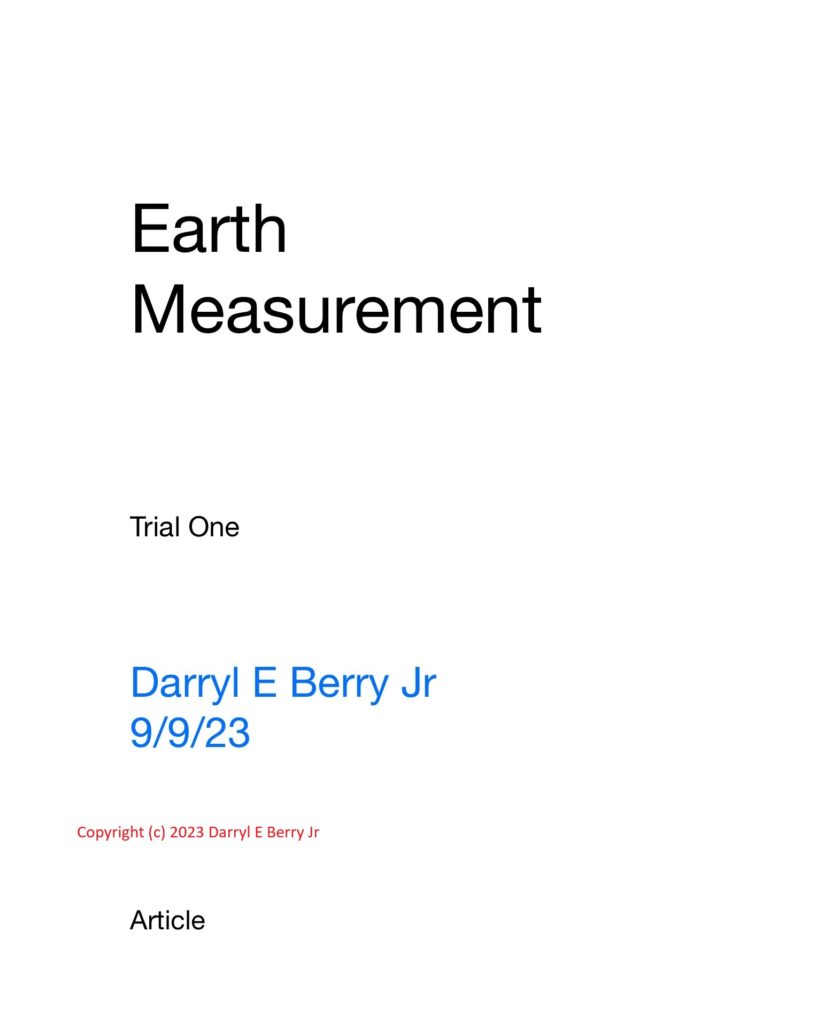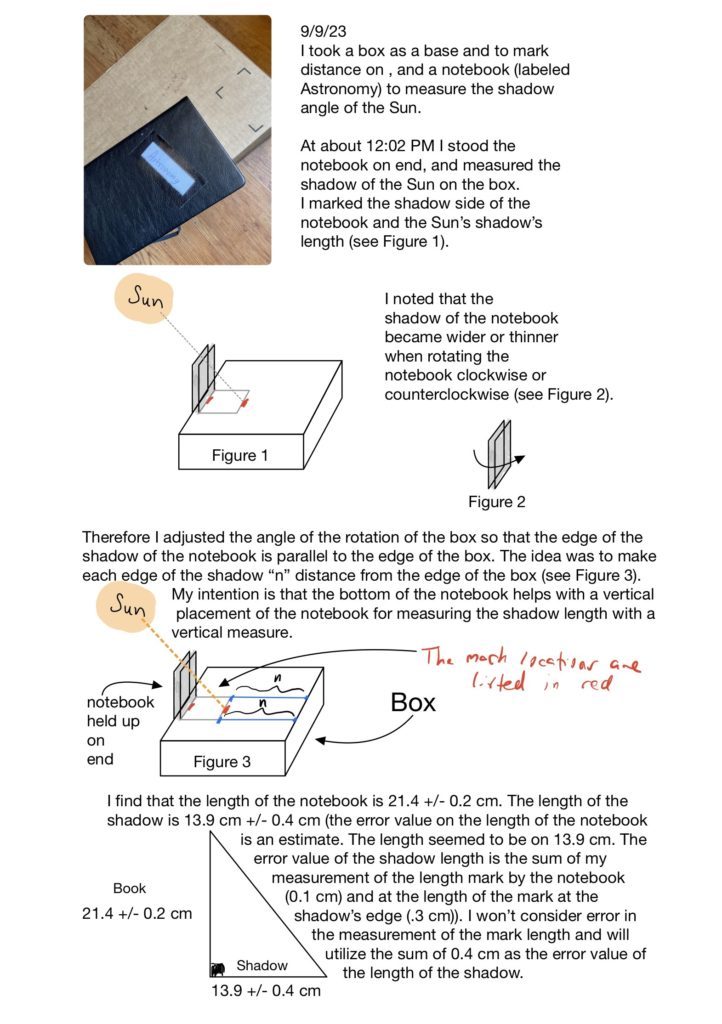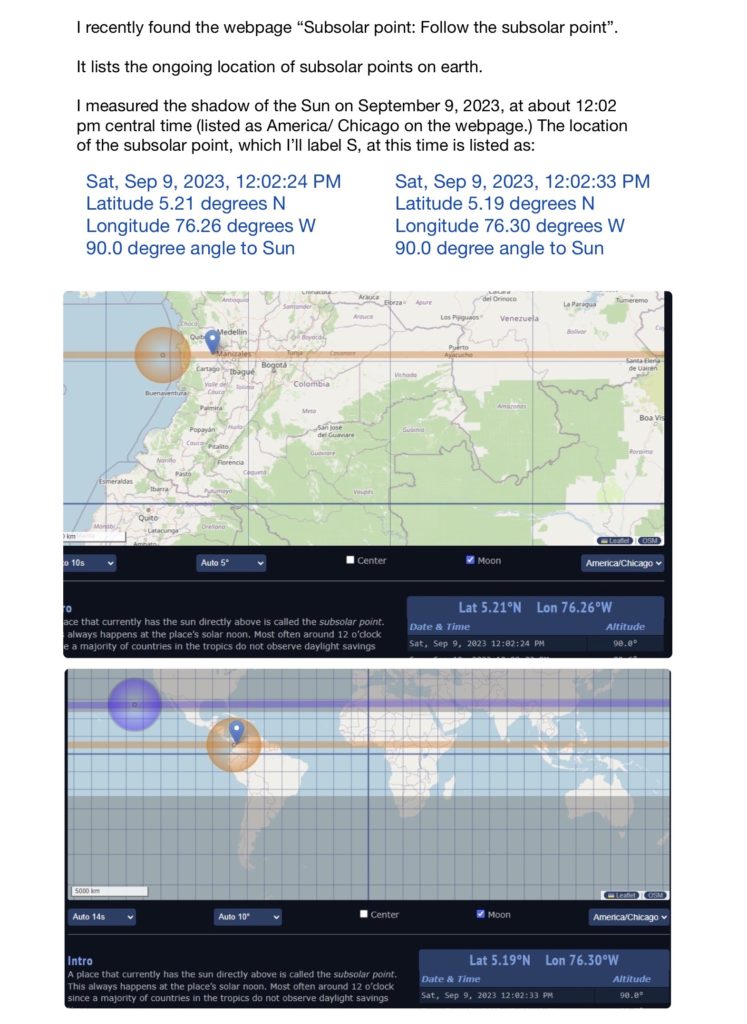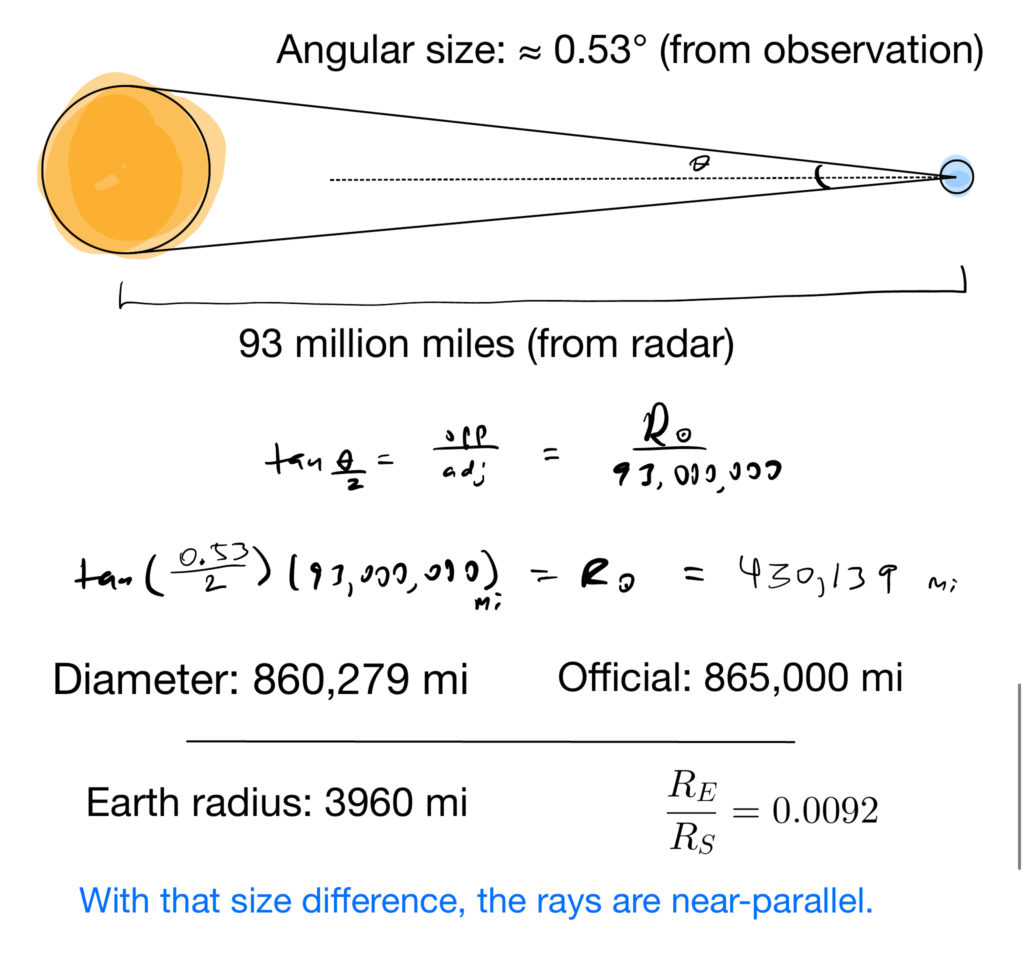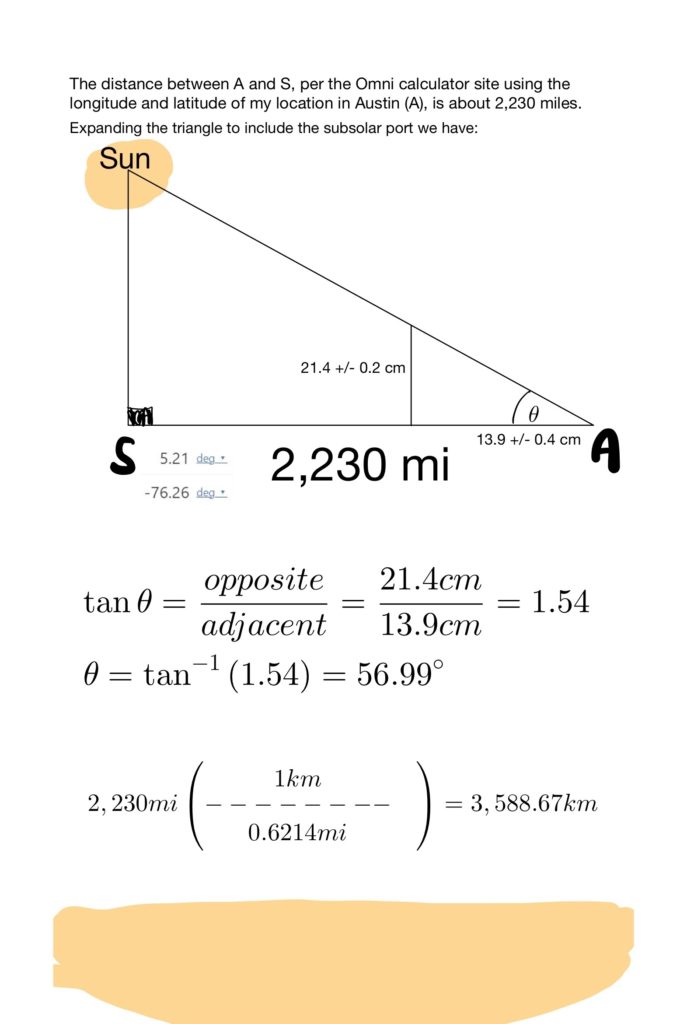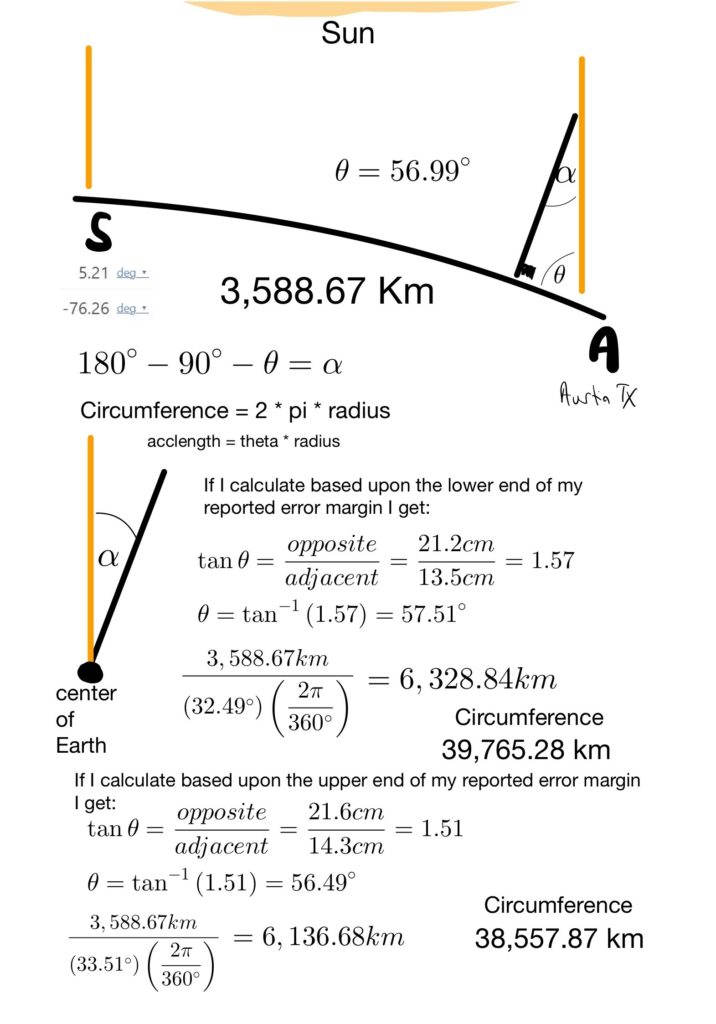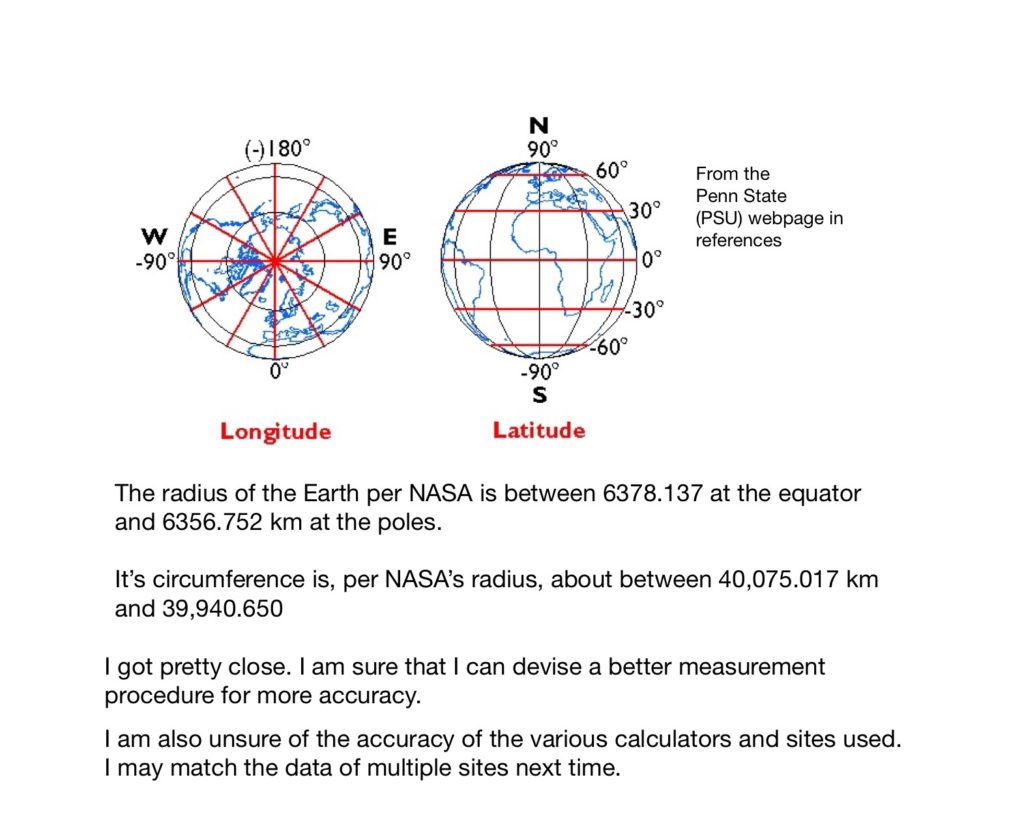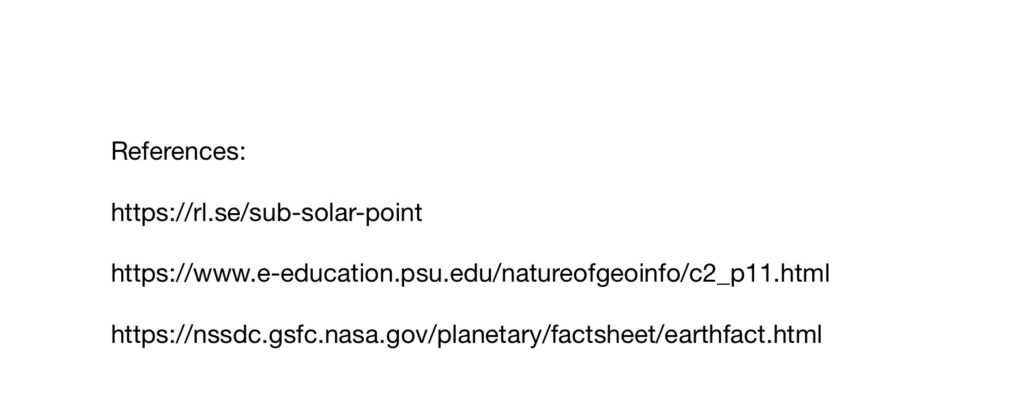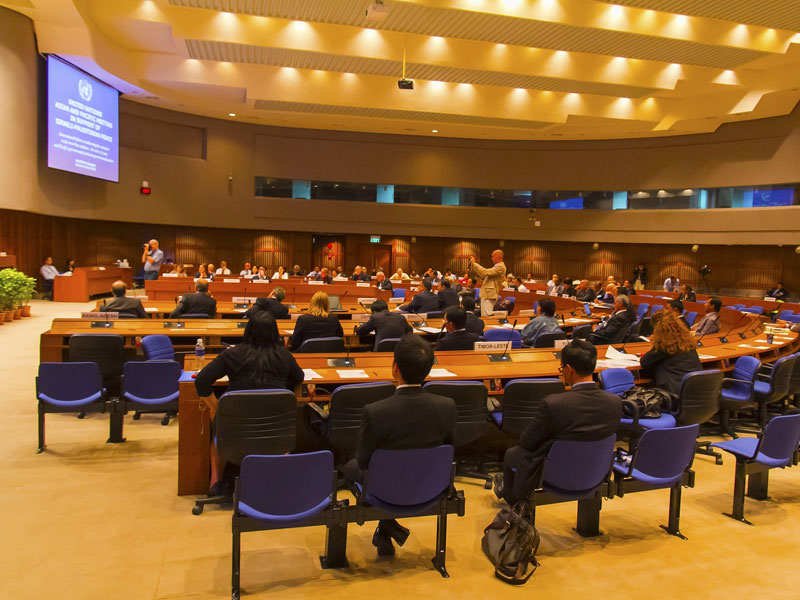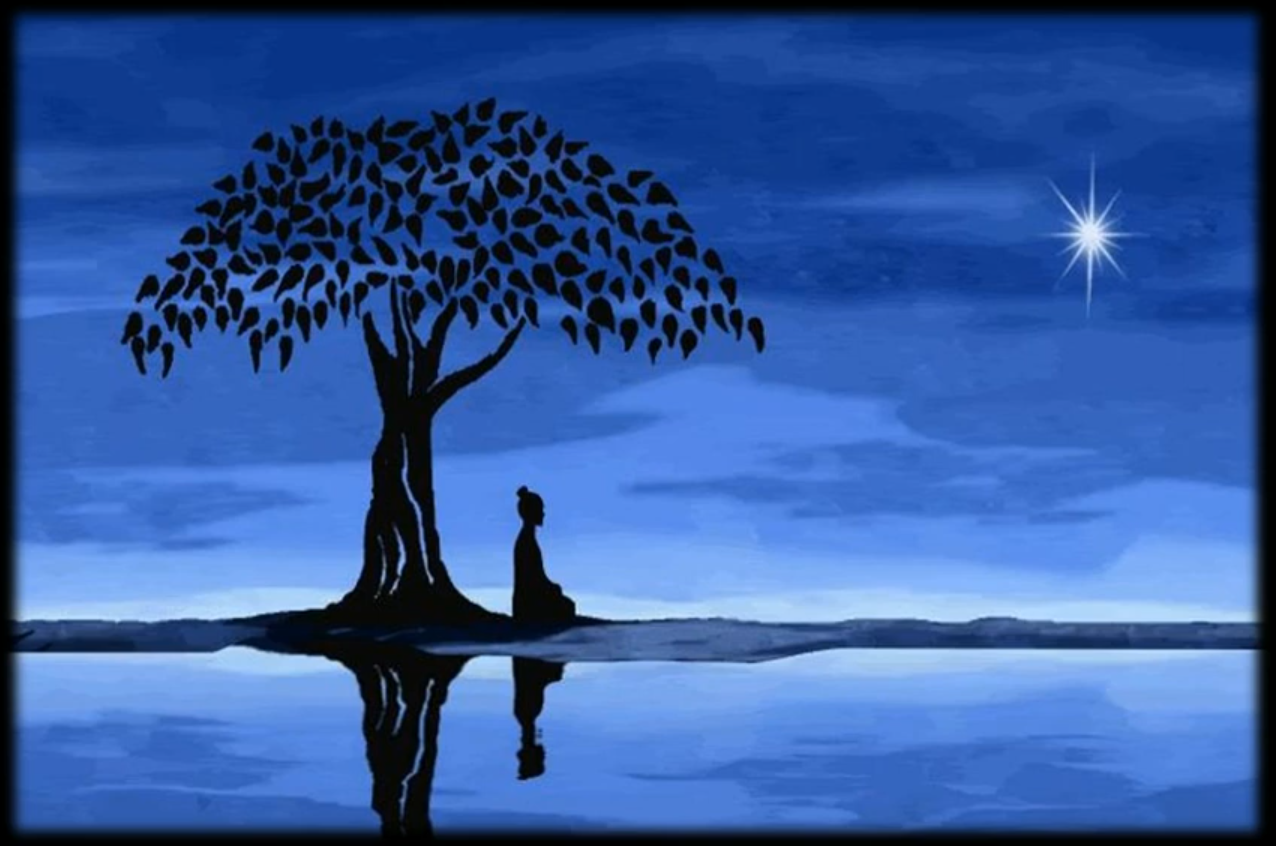Personal Identity, Ecsomatics, A Course in Miracles, Buddhism, Science, Philosophy
By Darryl E Berry Jr
Published: 6/13/20 | Updated: 7/14/20
As a kid I began having out-of-body experiences – what were once predominately called “astral travels” or “astral projections”, and what are becoming in fashion to call “ecsomatic experiences”. Most of my experiences early on were spontaneous. And a common occurrence was floating towards the ceiling, and hovering there, my nose inches from the plaster as my physical body slept on the bed below. I was apparently in an amazing nonphysical form that can move through walls and ceilings with an inherent glow that lights my surroundings. It could move about the physical world invisibly – as well as visit various otherworldly or nonphysical dimensions. I could perceive and interact with other people also out of their bodies, as well as various nonhuman entities and otherworldly beings. Amongst my early experiences:
“Multiple Bodied We. One brief but enormous experience was to become conscious hovering in the out-of-body state near the ceiling on the opposite side of my bedroom as a point or field of consciousness. I (as point of consciousness) could see over my bed a nonphysical body floating near the ceiling. On the bed I could see my physical body. I concluded that we travel in (at least) three different forms: 1) integrated into the physical body, 2) as a nonphysical body, and 3) as a point or field of consciousness apart from both the physical and nonphysical bodies. It seems that the consciousness-nonphysical body combo can leave the physical body, and the point or field of consciousness can leave both the physical and nonphysical bodies” (Berry, Travel, 31).
Premise, Question: My experience is that I… “I”… am the point or field of awareness that was hovering in the corner, watching my nonphysical body hovering, and also watching my physical body slumbering, like watching my car in the parking lot, or my bicycle in the living room. So that is my position. Based upon this experience – and others since – I posit that the “I”, the animating, incarnating “I”, is a point or field of consciousness. And here comes the question – in academia is this position considered a philosophical claim or a scientific observation if not hypothesis? When I think if philosophy, or the “love of wisdom” (Hoofard, Intro, 03:00-04:10), I think of pure idea engagement. One might have a philosophy of this or that, and even live by it. But it’s not based upon evidence or experimentation. It may be based upon logic and reason. But what makes a claim philosophical rather than scientific; for instance, Buddha’s claims and position based upon experiences and perceptions through higher states of consciousness (Haecker, 16)?? What I conclude thus far is that the position of the originator is scientific if not simply experiential, e.g., the Buddha’s claims based upon direct experience, and my position based upon direct experience. But generation after generation others add, subtract, embellish, codify, and out comes a philosophy or religion (or both). Or something else??
Another of my experiences:
“The Desert World. I was around 7 years old when I spent a week in The Desert World. I became aware in a world totally unlike the world we physically live in. The entire world was apparently a desert, with sand dunes visible beyond the meagre nearby manmade structures. I worked selling wares and pottery items on an outside table covered by canopy. When not working I lived in a small sand-colored dome and had my own room to one side of the dome, though I don’t remember any adults or parental figures. Initially I was surprised and taken aback at this place. It seemed like a dream I couldn’t awaken from. But after a few days there I thought that this waking physical world was the dream. My waking physical life seemed like some crazy dream so ludicrous to have believed. Things we take for granted, including much of the technology we have, seemed so farfetched and fanciful from my newly acquired perspective of the desert world… After about the seventh night of sleep in the desert world I woke up there, and then I woke up again here. I thought several days had gone by here as well and was frantic to find my parents and let them know I was OK. When I found them, they seemed like nothing happened. School was in an hour. This all happened in one night! But it took several days of living here in this physical waking world to see the desert world as the ‘dream,’ and this world as ‘real'” (Berry, Travel, 27-28).
For instance, I went to school the next morning (in this world), and I knew where I regularly sat, and I remembered everyone’s names and our relationships. I remembered the subjects we covered. All these things came back or were there when I thought of them. But it was like remembering someone else’s life and living it temporarily – like remembering the life of a television character. This world felt strange and remote – like a dream that I couldn’t wake from – for a few days. I can see that when I could no longer remember this reality while living the desert world perspective, I was no longer this person in a very substantial way. This world was a forgotten dream, and that world was reality. I could also say that I was still the same person in another sense, e.g., my attitudes and dispositions and such. Just in a different world, with a different past (both the world and I), and a different lifestyle. But I can/could still recognize the same sense of “I”.
Considering John Locke’s notion that identity is tied with memory (Hoofard, Buddhism (B), 4:30-4:51; 26:00-28:28), from this experience I can see some veracity in that position. Yes, a person born in America would be a different person than if that same person were born in Syria, or Africa, or Spain, or Morocco. Their language would be different, and likely even their likes and dislikes to an exceptionally large extent – informed as we are by those around us. Foods that taste good to us might taste strange to them, with taste buds and eating habits trained to different spices and dishes. Who they think of as family, and country, would be different. Likely also, values and notions of right and wrong, normal and odd, would be quite different. Their religion – something people seem to cherish greatly – would likely be different.
But from the same experience I can see or recognize that there is something endemic to both experiences – both the desert world memory perspective and this world memory perspective. Even having completely forgotten this world, and having identified completely with the desert world, but looking more closely at the state of self I experienced in both, I can still recognize an essence of “I” that was there before the desert world, existed in the desert world, and remains afterwards.
This experience – and others of mine – at the least suggests that there’s some facet or core of identity that remains despite a complete or partial, intentional or accidental, shift or transplant of memory identification or disidentification (CrashCourse, 5:04-8:26), apparently able to access at least some degree of identity or memory even across lifetimes. Could this be the consciousness that I referred to in my first experience, and is it the infamous “soul” or “atman” of various Eastern and Western religions and philosophies (Haecker, 4)? My hypothesis, if I can call it that, is yes. And again, I ask: From the perspective of a professional philosopher, is this a scientific hypothesis or a philosophical claim??
Experience:
“Perhaps the most profound metaphysical experience thus far was experiencing the entire universe disappearing. That’s right. I was applying [A Course in Miracles’] thought system to a cherished idol of mine, and when I really established the unreality of the idol, I must have starkly destabilized an underpinning of my identity. The world disappeared and for a “time” there was only being, and then a discernable “I” re-arose. “I” was able to perceive from afar the individual self that I apparently am now, and I and all the activity around it (the world, the universe) seemed as meaningless activity. And according to [A Course in Miracles] the entire universe is an illusion, projected by one universal mind that in the end doesn’t exist either. The stark fear at realizing that this individual self that seems so real and so “me” is in truth ‘meaningless activity’ along with all the world – along with a quiet recognition that the mind perceiving it all is meaningless too – condensed me back into an experience of being an individualized “me,” in a body, within a seemingly boundless external universe” (Berry, Classes, Introduction).
So, what is to be made of this experience? It seems quite like experiences had by great sages such as Siddhartha Gautama the Buddha (Hoofard, Buddhism (A), 25:15-27:23) – apparently except that instead of maintaining some manner of identification with this universal perspective, whatever level of “I” tucked tail and ran back to individual “I” perspective (and sometimes with greater fervor than before “I” focusedly decided to undo my individual self). So, when Professor Haecker points out that “when, in a deep state of consciousness, Buddha ‘looked’ at himself, he did not see Atman. Instead he saw what he came to call ANATMAN, literally ‘Not-Atman’” (Haecker, 16-17), I can relate. From the perspective of the universal mind that is dreaming the universe, the individual consciousness that seems so real when we’re identified with it is instead recognized as an illusory projection. The atman is not real; the “I” is not real. The incarnating, animating field of consciousness is not real. And so is everything else in and of the universe not real, whatever the frequency or dimension. To me the realization is quite frightening – clearly, I have some growing to do. But this claim doesn’t to me seem to be a philosophical claim, but simply an observable fact – if one can manage to observe from the perspective of universal mind. But again, as a professional philosopher, I ask you: Is that seen as a philosophical claim? Or being that it’s a position based upon direct experience, does it then become a scientific observation if not a scientific hypothesis? My interest is in bringing these things more into a scientific light. Or being that these are all “subjective” observations do they fall outside of the standard scientific definition of an observation – even despite at least some corroboration?
Works Cited
“Arguments Against Personal Identity: Crash Course Philosophy #20”. YouTube upload, CrashCourse, 11 Apr. 2016, https://youtu.be/17WiQ_tNld4
Berry Jr., Darryl E. Classes on A Course in Miracles: Contemporary Pure Non-Dualism, 1st ed., (Version 3 2019), Darryl E Berry Jr / Next Density Center, 2016, p. 27-28, 31.
Berry Jr., Darryl E. Travel Far: A Beginner’s Guide to the Out-of-Body Experience, Including First-Hand Accounts and Comprehensive Theory and Methods, 1st ed., (V4 2020), Darryl E Berry Jr / Next Density, 2015, p. 27-28, 31.
Haecker, Dorothy A. Adventures in Philosophy: A Study of Ideas That Change the World, edited by Peter Van Dusen, 4th ed., Dorothy A. Haecker, 2020, pp. 4, 16, 17.
Hoofard, Nathan Michael. “Buddhism & Personal Identity (A))”. YouTube upload, 10 Jun. 2000, https://youtu.be/hYD4ZHnf2rA.
Hoofard, Nathan Michael. “Buddhism & Personal Identity (B))”. Loom upload, 6 Jun. 2000, https://www.loom.com/share/fd93c79dc0324dc985b670909120261a.
Hoofard, Nathan Michael. “Intro (A)”. YouTube upload, 2 Apr. 2000, https://youtu.be/-FHfayETo2c.
Schucman, Dr. Helen. A Course in Miracles (ACIM), 3rd ed., Foundation for Inner Peace, 2007, Text Chapter 6. Section I. Paragraphs 11 & 13; Text Chapter 21. Introduction. Paragraph 1; Text Chapter 27. Section VIII. Paragraph 9.
Copyright © 2020 Darryl E Berry Jr | www.darryleberryjr.com
This article may be re-posted provided: 1) re-posted in full, 2) full attribution, including active link to this webpage (if on a website), and 3) prior notification of and confirmation from Darryl E Berry Jr. Contact me at debj@darryleberryjr.com.




